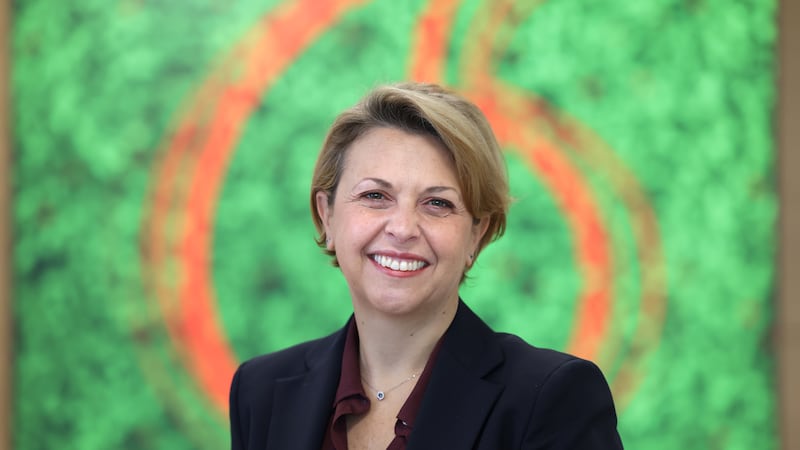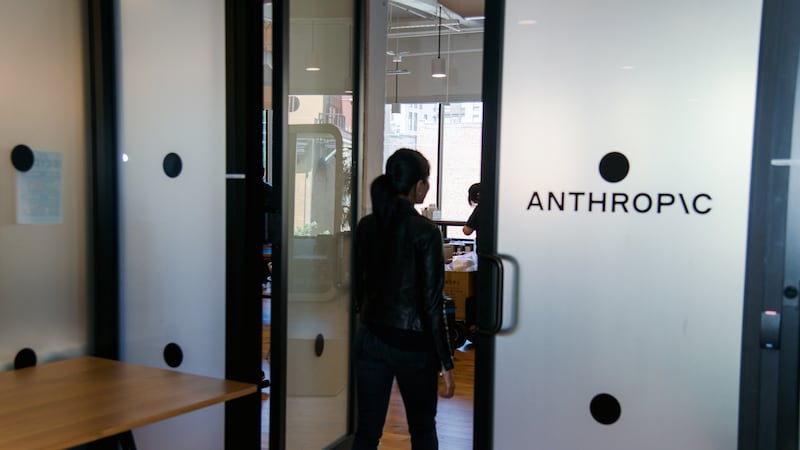If Ireland can leave the EU presidency with a legacy, Prof Martin Curley would like it to be innovation.
The head of Intel Labs Europe is preparing for the next generation of innovation that will see not only academia and industry come together, but also government and citizens. Getting everyone involved is what Curley hopes will make this particular effort a success.
Integral to that plan is the Open Innovation 2.0 – Sustainable Economy & Society Conference , which kicks off in Dublin Castle on Monday and will look at how jobs can be created with a new approach to innovation and research.
“We think it will be the flagship thought leadership conference for the Irish presidency,” says Curley.
“Essentially it’s about two things: a what and a how. The what is what we’re trying to achieve, get us on a roadmap to sustainable economy and society; the how, which is equally as important, is what we call open innovation 2.0.
“It’s a way of innovating that involves what we call a quadruple helix arrangement, where we have government, industry, academia and citizens working together to create a better future.”
The conference was organised by Intel Labs Europe, Trinity College, the EU Commission and Dublin City Council.
The ultimate aim is to build a manifesto that can take the vision laid out under the Europe 2020 strategy and turn it into something tangible.
“This could be a seminal moment,” says Curley. “The Lisbon strategy was there for a long time, and it was great in aspiration but low on delivery. Europe 2020 is there and again, it is a good vision – it’s sustainable, inclusive and smart growth.
Citizen interaction
"But there's a risk that's all it will be is a vision, so what we're trying to do is mobilise an effort and an energy, and show how we could make that real."
Adoption of innovation is key. Curley quotes MIT’s Michael Schrage: “Innovation is not innovators innovating – it’s the customer adopting.”
Although there are three key steps to innovation – idea generation, implementation and adoption – much research, effort and funding goes into generating the initial idea.
“We look at exponential technology and how can we develop new solutions that create value and generate wealth, and get very quickly adopted,” says Curley.
“One of the things we’ll be looking at is how we balance the portfolio, so we look at putting funding into idea adoption. How do you drive faster and better adoption? Because that is where the wealth creation is.”
While Innovation 2.0 may seem like little more than a concept right now, Intel has already started work on real-world applications. The first is a project for cities, with both Dublin and London in the frame.
The CityWatch project will allow citizens to interact with the city, working with city employees to report incidents such as flooding in real time by taking a photo and uploading it, or helping to make the city greener by drawing attention to wasteful behaviour such as leaving lights on in offices overnight.
“In parallel in Dublin, we were mounting what we call ambient intelligence devices. We have a number mounted on traffic lights around Dublin and we’re starting to scale this. They will report in real time different parameters such as air quality, temperature, humidity, etc,” says Curley.
This could be the start of a digital nervous system for Dublin, he says, starting with building a digital map of the city.
“In a scenario like flooding, citizens are able to interact with the city, and the city then can give directions. Or as a person is going on a run and they usually run on same street, but we’re getting a warning that there’s a pollution issue, so you change your route,” he explains.
“It’s a two-way flow and the idea is that we can first build this collective intelli gence and then collaborative intelligence.”
It will launch initially with 100 pilot users before hopefully rolling out further in a few months’ time.
Getting citizens involved is a strong theme of the conference. As part of the event, a showcase will run in the Mansion House that is open to the public to demonstrate just how much technology and innovation has affected our lives.
It will also give citizens the chance to see and interact with some new technology that could improve life in the city, including CityWatch and Intel’s Urban Garden Monitoring project that place sensors in community gardens in Dublin to monitor data such as soil temperature, soil moisture and weather.
“Anyone can walk in and help us shape the future of Dublin,” says Curley.
Innovation awards
Lego will also be at the Mansion House, asking attendees of all ages to build their vision of Dublin in the future, and junior
Dragon's Den
-style activities will be run as part of the showcase event.
Another key component that the organisers are hoping will put Ireland on the map is the Innovation Luminary Academy and Awards, established by the EU Open Innovation Strategy and Policy Group (OISPG) to recognise outstanding innovation role models.
The academy is supported by Intel Labs Europe, DG Connect, the European Commission and Dublin City, and was established in association with the Innovation Value Institute and the International Society for Professional Innovation Management.
The first ceremony will take place on Monday, as part of the conference, and will cover categories such as serial entrepreneurship, innovation through though leadership, 21st century industrial innovation, high performance innovation and business model innovation.
“I think it’s going to be very exciting. You have the Oscars in Hollywood, you have the Nobel prizes in Scandinavia, but there’s no global or innovation awards,” says Curley.
The knock-on benefit for Dublin, and the wider Irish economy, is that it could lead to job creation. Recent research published in the Economist magazine claimed that for every job created in technology, another four are added to the wider economy.
With Ireland struggling with unemployment, it’s not surprising that the focus is turning to how technology and innovation could help improve the situation.
“One of the key things we’d like to do is create awareness and then catalyse the creation of what we call high expectation entrepreneurs. This is where you have high ambition coupled with disruptive technology,” he says. “We want to build a supportive ecosystem in Dublin for new entrepreneurs.”
'Digital maturity'
Curley and his cohorts have big hopes for after the conference, hoping to get Dublin recognised as one of the world's innovation capitals.
Bumping the city up the list of locations that are considered supportive to entrepreneurs is also important, as well as improving its “digital maturity” score, that Curley says will ultimately improve quality of life, increase employment and use resources more efficiently.
In the coming weeks, Dublin will have a digital masterplan to work from, a project that has been in the works for some time. The effort will require support from both the council and citizens, but Curley is confident that the impetus is already there.
“The conference is about open innovation, but it’s also about openness to innovation. What I see in Dublin is there’s enormous openness to innovation,” he says.
“It’s a long journey, it’s a marathon for sure, but people are voting with their feet and walking towards the vision rather than having to be driven towards it.”
















